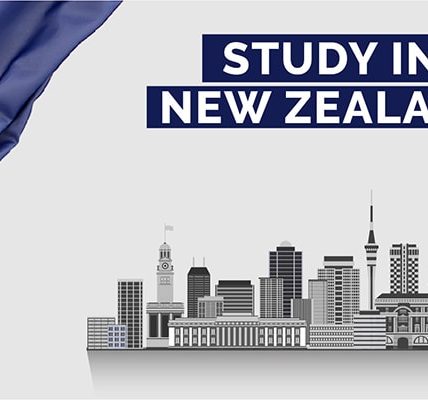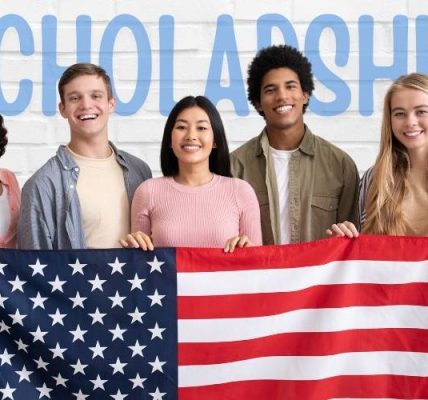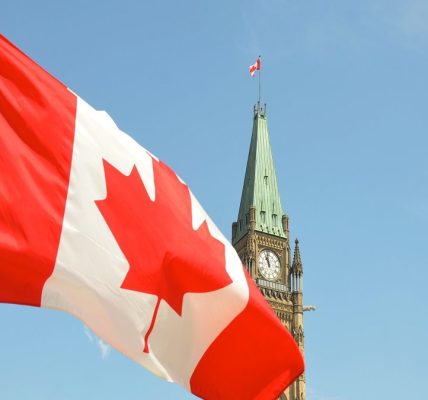USA Visa Requirements – The United States remains one of the most sought-after destinations for international students, tourists, business professionals, and individuals seeking to explore new opportunities. USA Visa Requirements.
With its diverse culture, world-class institutions, thriving job market, and numerous natural wonders, it is no surprise that millions of individuals apply for U.S. visas every year. However, navigating the U.S. visa process can be daunting for those unfamiliar with the system.
This article aims to provide a detailed overview of the USA visa requirements, including types of visas, eligibility criteria, documentation needed, and the application process. USA Visa Requirements.
Understanding U.S. Visas
A U.S. visa is an official authorization issued by the U.S. government, allowing foreign nationals to travel to the United States. There are two main categories of U.S. visas:
- Nonimmigrant Visas: These are for individuals who wish to visit the U.S. temporarily for tourism, business, study, or other specific reasons. Nonimmigrant visas are granted with the understanding that the individual will return to their home country after their temporary stay in the U.S.
- Immigrant Visas: These are for individuals who intend to live permanently in the U.S. Immigrant visas are typically issued to individuals seeking to join family members, secure a job in the U.S., or apply through various other categories such as the Diversity Visa (DV) Lottery.
This article focuses primarily on nonimmigrant visas, particularly for tourists, students, and workers.
Types of Nonimmigrant Visas
The U.S. offers a wide range of nonimmigrant visa categories, depending on the purpose of your visit. Below are the most common types of U.S. nonimmigrant visas:
1. Tourist Visa (B-2)
The B-2 Tourist Visa is issued to individuals who plan to visit the U.S. temporarily for tourism, medical treatment, or to visit friends or relatives. It is typically valid for a period of six months but can be extended under certain circumstances.
2. Business Visa (B-1)
The B-1 Business Visa is for individuals visiting the U.S. for business-related activities such as attending conferences, meetings, negotiations, or exploring potential business opportunities. The B-1 visa is also valid for short-term stays, usually up to six months.
3. Student Visa (F-1, M-1)
- F-1 Visa: The F-1 Student Visa is for individuals who wish to study at a U.S. college, university, or other academic institutions. F-1 visas are issued to students enrolled in full-time degree programs.
- M-1 Visa: The M-1 Visa is for nonacademic or vocational students who wish to study at a U.S. institution. M-1 visas are granted to individuals attending technical schools, culinary institutes, and other vocational programs.
4. Exchange Visitor Visa (J-1)
The J-1 Exchange Visitor Visa is granted to individuals participating in an exchange program. These programs typically include academic exchange, internships, research, or cultural exchange activities. The J-1 visa is designed for individuals who will work or study in the U.S. as part of an exchange program sponsored by an educational or cultural institution.
5. Work Visas (H-1B, L-1, O-1, etc.)
- H-1B Visa: The H-1B Visa is for individuals who have specialized knowledge and wish to work in the U.S. in a specific occupation. This visa is commonly used by professionals in fields such as engineering, IT, medicine, and finance.
- L-1 Visa: The L-1 Visa allows employees of international companies to transfer to a U.S. office. It is designed for managers, executives, and employees with specialized knowledge.
- O-1 Visa: The O-1 Visa is for individuals with extraordinary abilities in fields such as science, arts, education, business, or athletics.
6. Cultural Exchange Visa (Q-1)
The Q-1 Visa is for individuals who plan to participate in a cultural exchange program in the U.S. The purpose of this visa is to allow visitors to learn and share their cultural experiences with Americans.
Eligibility Requirements for a U.S. Visa
While the specific requirements vary depending on the type of visa, there are some general eligibility criteria that apply to most U.S. visa applicants. Below are the key requirements that you must meet when applying for a U.S. visa:
1. Valid Passport
Your passport must be valid for at least six months beyond your intended date of arrival in the U.S. If your passport is not valid, you will need to renew it before applying for a visa.
2. Visa Application Form (DS-160)
The DS-160 is the online visa application form required for most nonimmigrant visa categories. This form must be completed and submitted electronically before you can schedule an interview at the U.S. embassy or consulate.
3. Visa Application Fee
All visa applicants are required to pay a non-refundable visa application fee. The fee varies depending on the type of visa you are applying for. For most nonimmigrant visas, the fee is typically around $160. However, certain visa categories (such as the H-1B or L-1 work visas) may require higher application fees.
4. Photo Requirement
As part of the application process, you must upload a passport-sized photo that meets the specific requirements set by the U.S. Department of State. The photo must be in color, 2 inches by 2 inches in size, and meet other specifications outlined on the U.S. visa website.
5. Proof of Financial Support
Applicants must demonstrate that they have enough financial resources to cover their stay in the U.S. This requirement is especially important for student, tourist, and exchange visitor visa applicants.
Financial support may be shown through bank statements, affidavits of support, tax records, or other documentation proving you can afford the cost of living and studying in the U.S.
6. Intent to Return to Your Home Country
One of the most important eligibility requirements for a U.S. visa is demonstrating your intent to return to your home country after your stay in the U.S. This is crucial for nonimmigrant visa categories, as the U.S.
government needs to ensure that applicants will not overstay their visa. Evidence of your ties to your home country may include family, employment, property ownership, or other commitments that demonstrate your intention to return.
7. Educational Requirements (for Student Visas)
For student visa applicants (F-1, M-1, J-1), you must have been accepted by a U.S. educational institution that is certified by the Student and Exchange Visitor Program (SEVP). You must also provide evidence of sufficient funds to cover tuition and living expenses while in the U.S.
8. Health Requirements
For some visa categories, applicants may be required to undergo a medical examination, particularly for individuals applying for long-term stays or seeking to immigrate.
9. Police Certificate (if applicable)
Some applicants may be required to provide a police certificate to prove that they have no criminal record, particularly if they have previously resided in other countries for extended periods.
The U.S. Visa Application Process
The process for applying for a U.S. visa is relatively straightforward but requires careful attention to detail. Below is a step-by-step guide to the application process:
1. Complete the DS-160 Form
The first step in the U.S. visa application process is to complete the DS-160 form. This is an online application form that collects information about your personal history, travel plans, and reasons for visiting the U.S. Once completed, you will receive a confirmation page that you must print and bring to your visa interview.
2. Pay the Visa Application Fee
After completing the DS-160 form, you will need to pay the non-refundable visa application fee. The payment method may vary depending on the U.S. embassy or consulate where you are applying. Some locations allow online payments, while others may require payments at designated banks.
3. Schedule Your Visa Interview
Once you have completed the DS-160 form and paid the visa fee, you can schedule your visa interview at the nearest U.S. embassy or consulate. Visa interviews are typically required for applicants between the ages of 14 and 79. You may be able to schedule an interview online through the U.S. embassy website.
4. Prepare for the Interview
Before attending the interview, gather all necessary documents, including your passport, DS-160 confirmation page, visa application fee receipt, photo, financial documents, and any other documents specific to your visa type (e.g., I-20 form for student visas). Be ready to answer questions about your travel plans, your ties to your home country, and your intentions in the U.S.
5. Attend the Visa Interview
During your visa interview, a U.S. consular officer will ask you questions regarding your visa application. The officer will assess your eligibility for the visa and determine whether you meet the necessary requirements. You may also be required to provide biometric information (fingerprints) as part of the interview process.
6. Wait for Visa Processing
After the interview, the U.S. embassy or consulate will process your visa application. This process can take anywhere from a few days to a few weeks, depending on the type of visa and the embassy’s workload.
7. Receive Your Visa
If your visa is approved, your passport will be returned to you with the visa stamp. You can then travel to the U.S. within the validity period of your visa.
Conclusion
Obtaining a U.S. visa requires careful preparation, attention to detail, and adherence to the application process. Whether you’re visiting for tourism, pursuing higher education, or seeking employment opportunities, understanding the specific visa requirements and eligibility criteria is crucial for a successful application.
By following the outlined steps and ensuring you meet all the requirements, you can increase your chances of obtaining a U.S. visa and making your visit to the United States a reality. USA Visa Requirements.



